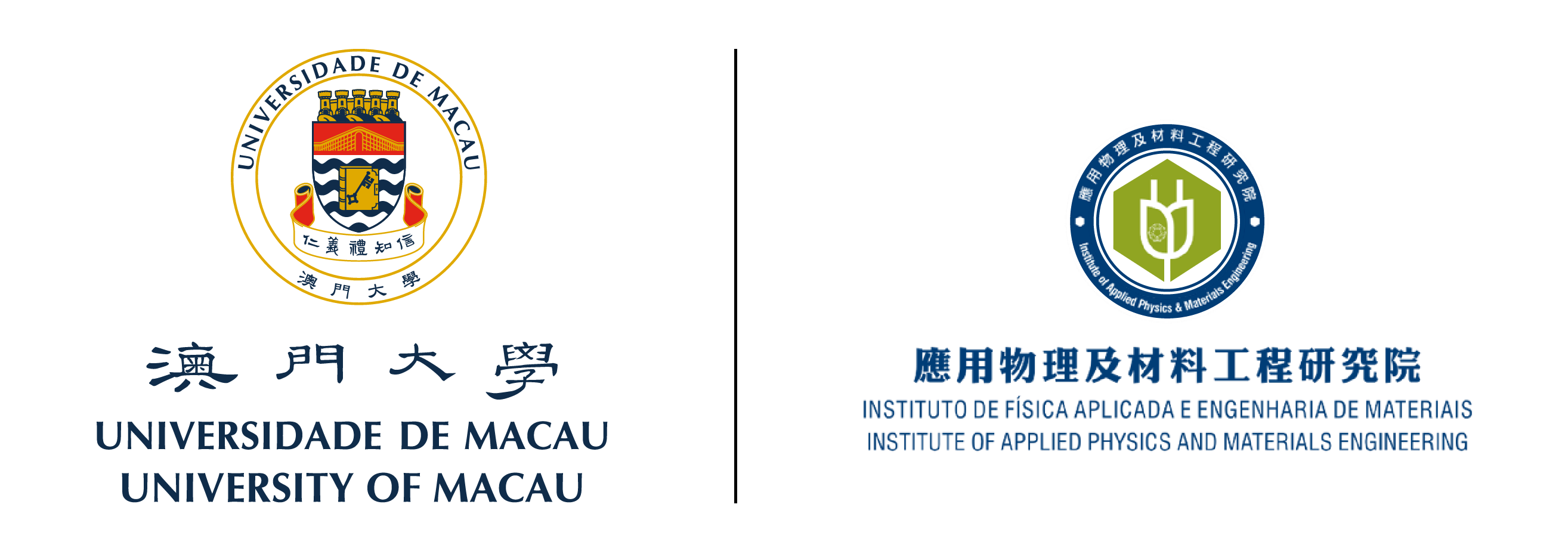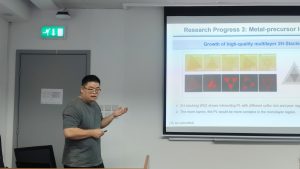On November 18, 2025, Prof. Qinke Wu (吳沁柯) from Hubei University of Technology visited the Institute of Applied Physics and Materials Engineering (IAPME) and delivered a seminar titled “Chemical Vapor Deposition Growth of TMDCs with Ultralow Density of Defects” as part of the IAPME Seminar Series. The seminar took place at N23-4018 and was hosted by Prof. Shen Lai.
Prof. Qinke Wu is an Associate Professor at Hubei University of Technology. He is mainly engaged in the synthesis and property research of advanced two-dimensional materials. He uses chemical vapor deposition and other methods to synthesize two-dimensional materials such as graphene for applications in electricity, mechanics, optics and catalysis. He has published more than 30 papers in Journal of American Society, Advanced Materials, Advanced Functional Materials. Angewandte Chemie International Editionand other magazines. Authorized two Chinese patents and three US patents and served as a reviewer for Solid Thin Films, Small Methods and other magazines.
In his presentation, Prof. Wu addressed the significant impact of defects on the performance of two-dimensional semiconductors, particularly transition metal dichalcogenides (TMDCs), as device dimensions shrink. He compared two major defect characterization techniques—spectroscopic measurement and direct imaging—and elaborated on the growth mechanisms of solid-state re-sulfurization and iodine-assisted methods for preparing high-quality, low-defect-density TMDCs. His findings underscore the importance of defect control in advancing next-generation electronic and optoelectronic devices.
The seminar provided profound insights into defect engineering strategies for high-performance two-dimensional semiconductors, highlighting the critical role of controllable synthesis in pushing the boundaries of future electronic and optoelectronic technologies. Finally, the opportunities and challenges in the field of defect identification and control of two-dimensional semiconductors are summarized, and the future development direction is prospected.



